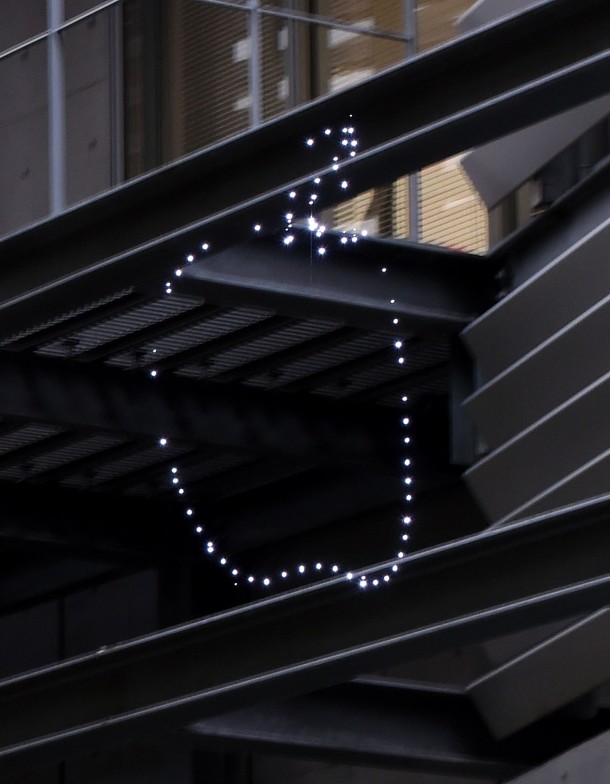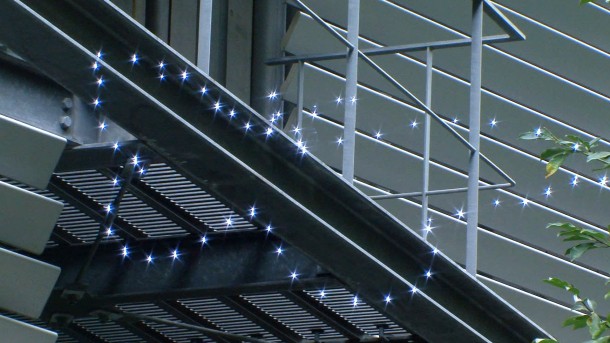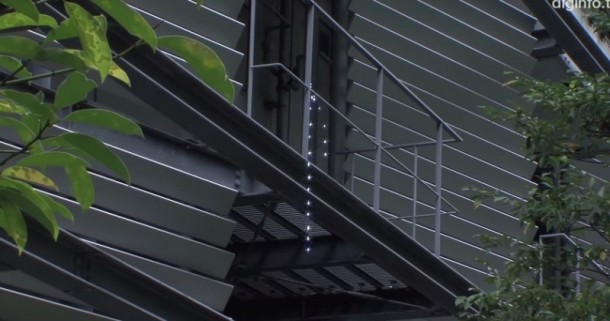A team of researchers from Aerial Burton, a Japanese firm, has pulled off quite an amazing feat. They demonstrated projecting a 3D display in air by firing off focused pulse lasers in the daylight. What is the difference from other holographic projections? If you haven’t figured it out yet; this approach doesn’t require fog or steam to display the image, it uses air as the medium to display images.
How does this work would be the right question at the moment! The laser is responsible for ionizing molecules present in the air and therefore, the source of light becomes the air itself instead of using an external source for light and then reflecting it. Though this approach can’t create a highly detailed image like other projections yet, we are sure that the high quality can be achieved as well.
A 1kHz infrared pulse laser guides the image being produced into a 3D-scanner responsible for reflecting the pulses into the air while focusing on a particular coordinate. Local ionization of molecules allows the device to, in essence, create plasma pockets that are capable of giving off energy as photons. These flashes have a very short life span, hence the system has to continuously pulse new beams at regular intervals to maintain that image in the air.
As of now, Aerial Burton is busy coming up with a higher resolution image. To put it simply, it is going to be one heck of a challenge since air is not as dense as fog. The technology is being marketed for use during emergencies to display information such as safe routes and for making sure that critical messages get through. The apparatus will have to be scaled down as well and the team is working on it already, since it is quite chunky at present. Check out the video below for more details:



Japanese=Amazing